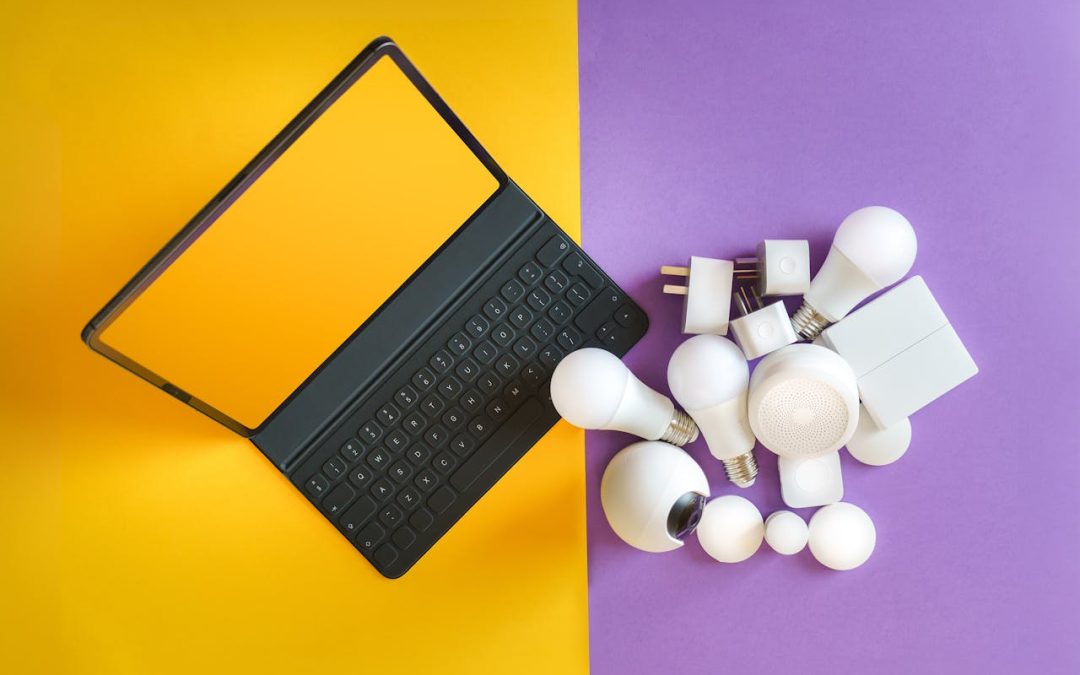In the realm of interconnected technology, two terms often stand out: IoT (Internet of Things) and IIoT (Industrial Internet of Things). While they might sound similar, they serve distinct purposes and operate in different environments. Understanding their differences is crucial for leveraging their capabilities effectively.
What is IoT?
IoT refers to a network of physical devices, vehicles, home appliances, and other items embedded with electronics, software, sensors, actuators, and connectivity, which enables them to connect and exchange data. This interconnectedness typically occurs in consumer or commercial settings, such as smart homes or retail environments. The primary goals of IoT devices often revolve around convenience, automation, and enhancing user experiences.
What is Industrial IoT (IIoT)?
On the other hand, IIoT focuses specifically on industrial applications, integrating IoT technology into manufacturing and industrial processes. IIoT devices are deployed in sectors such as manufacturing, energy, agriculture, healthcare, and transportation, among others. Unlike traditional IoT devices, which may prioritize consumer interaction and comfort, IIoT devices are designed to optimize processes, monitor equipment performance, enable predictive maintenance, and improve overall operational efficiency.
Key Differences Between IoT and IIoT
- Purpose and Context:
- IoT: Primarily focuses on enhancing user experience and convenience in daily life or commercial environments.
- IIoT: Aims to optimize industrial operations, enhance productivity, and streamline processes in sectors like manufacturing, energy, and healthcare.
- Environment:
- IoT: Operates in diverse environments such as homes, offices, and public spaces.
- IIoT: Deployed in rugged industrial settings where devices must withstand harsh conditions and integrate seamlessly with existing machinery and infrastructure.
- Data Handling and Analytics:
- IoT: Emphasizes real-time data processing and user-centric analytics.
- IIoT: Focuses on large-scale data collection, predictive analytics, and machine learning to improve operational efficiency, maintenance scheduling, and resource management.
- Security and Reliability:
- IoT: Prioritizes data privacy and security for personal and consumer data.
- IIoT: Places a premium on robust cybersecurity measures to protect critical infrastructure and ensure uninterrupted operations.
Conclusion
While both IoT and IIoT share the foundational concept of interconnected devices, their applications and objectives diverge significantly. IoT enhances everyday life through smart devices, whereas IIoT revolutionizes industries by optimizing processes, improving efficiency, and paving the way for the future of smart manufacturing and industrial automation.
Understanding these distinctions is essential for businesses and developers aiming to harness the full potential of IoT and IIoT technologies, whether for enhancing consumer experiences or transforming industrial operations.

